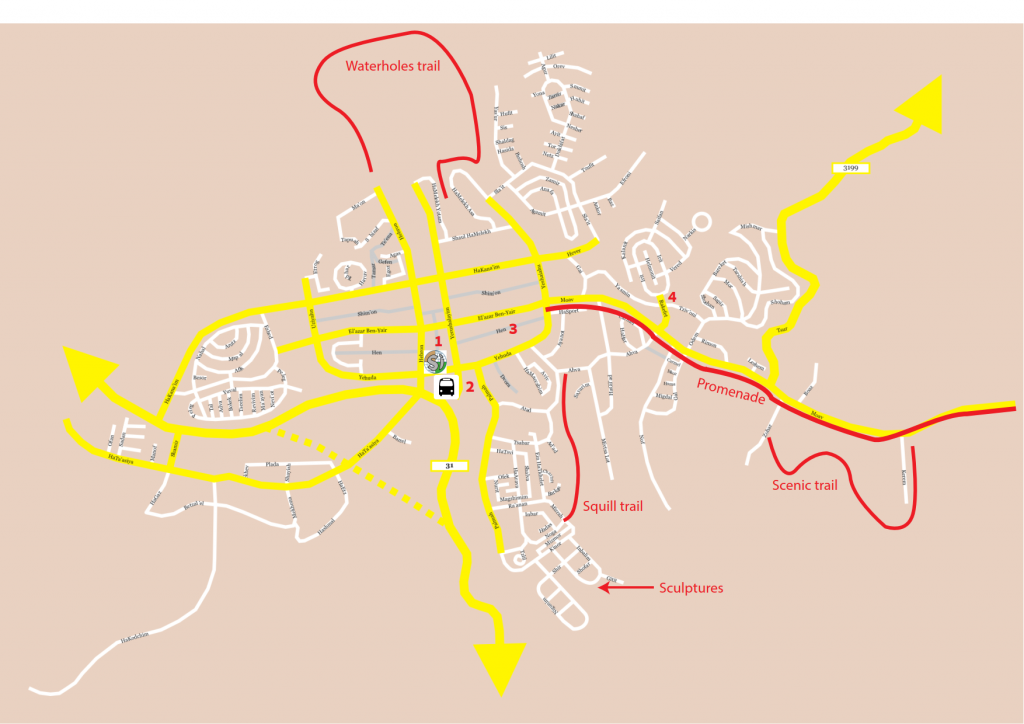Ilan Stavi
Editorial: Impacts of Climate Change and Land-Use on Soil Functions and Ecosystem Services in Drylands
Authors: Ilan Stavi, Simone Priori and Niels Thevs Editorial on the Research Topic Impacts of Climate Change and Land-Use on Soil Functions and Ecosystem Services in Drylands Evidence of climate change at geological time scales are long known, and are attributed to natural causes. However, climatic change since the mid-19th century is mostly attributed to anthropogenic causes, and […]
ilan
Author: Ilan Stavi Published in: Agroecology and Sustainable Food Systems More information: https://www.tandfonline.com/doi/full/10.1080/21683565.2022.2076185 Abstract: The Opuntia ficus-indica offers a range of ecosystem services. Its provisioning services include food for humans, feed for livestock, and medicines, as well as fuelwood and feedstock for bioenergy. As for supporting ecosystem services, this cactus benefits biodiversity by providing wildlife […]





